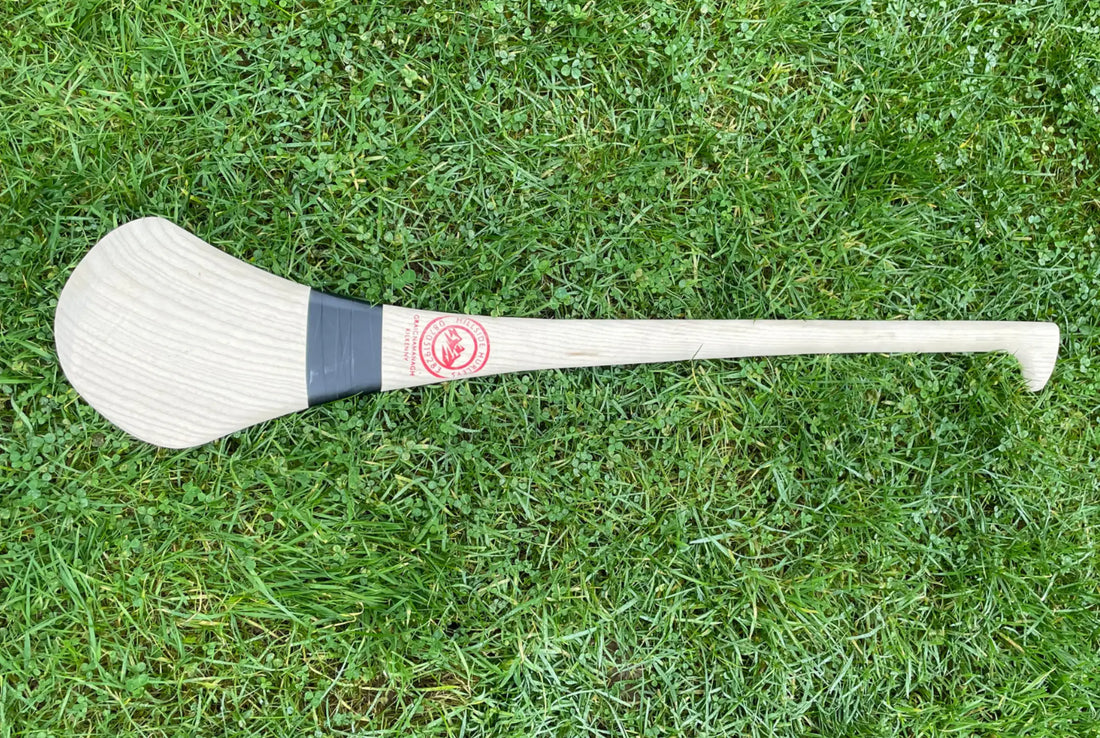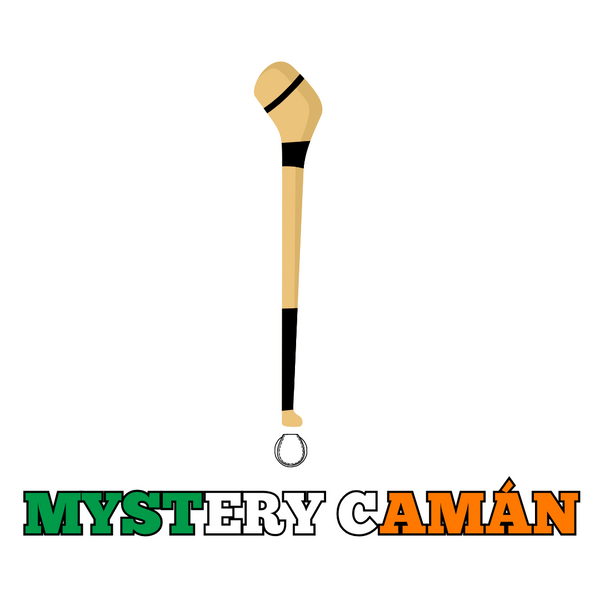
Share
The Irish Ash Crisis: What’s Next for the Future of Hurley Making?
For a long time, Irish ash trees were everywhere, and hurley makers never had to think twice about where to get good wood. That’s not the case anymore. The disease called ash dieback has been spreading for years, and now the effects are hard to ignore. It’s not only hurting forests but also the craft that depends on them. The traditional hurley, made from Irish ash, is becoming harder to produce, and people in the trade are beginning to wonder what the next few years will look like.
The Decline of Irish Ash
Ash dieback doesn’t work fast, but once it reaches a tree, it’s nearly impossible to stop. Branches dry out, the leaves fall too early, and after a while the whole tree gives up. In Ireland, most native ash trees have already been affected. It’s sad to see because ash has always been part of both the landscape and the sport. For hurley makers, this means timber that was once strong and flexible is now weak or cracked.
Imported ash has become the fallback, but anyone who’s used it knows it doesn’t behave quite the same way. It can be heavier or stiffer, and it doesn’t give that same clean strike. So while the work continues, the material just isn’t what it used to be.
How the Makers Are Dealing With It
In small workshops across the country, makers are doing what they can. Some are still working through old piles of Irish ash, saving the best pieces for loyal players or county teams. Others have started trying out different woods, just to see if anything else comes close. There’s frustration, of course, but also resilience.
Most of them grew up in this craft. It’s something they know by feel. You can sense a quiet pride when they talk about keeping the skill alive, even when the wood isn’t the same. They’re adapting bit by bit because that’s the only option now.
Trying Out Modern Materials
A few years ago, you wouldn’t see many players using anything other than ash. But that’s slowly changing. Synthetic hurleys, especially carbon fibre ones, are getting more common. They don’t rot, they last longer, and they give a bit of consistency you can’t always get from wood. Still, they’re not ash, and everyone knows it.
One example is the Mycro Evolution Brown Hurley Carbon Fibre Hurling Stick. It’s built to look and play like a traditional stick but made with modern materials. For some players, especially the younger ones, it’s a solid option. For others, it’ll take time to get used to. Either way, it’s part of where things are heading.
The Talk Around Sustainability
There’s more attention now on how hurleys are made and where the wood comes from. The phrase “sustainable hurling sticks in Ireland” wasn’t really used before, but it’s starting to mean something. People are trying to grow new ash trees that can resist the disease, though that’s a long process.
Others are planting different types of trees that could one day work for hurleys. Nobody’s pretending this will be fixed quickly, but it’s a step in the right direction. The idea is to make sure the sport and the craft both have a future without draining what’s left of the land.
Keeping the Craft Going
Even with fewer trees and rising costs, the heart of hurley making hasn’t gone away. Older makers are still passing their knowledge down to younger ones. The tools, the shapes, the small details — they’re all still there. You can feel that history in every workshop. It’s not just about producing sticks; it’s about carrying on a piece of culture.
Every maker has their own way, their own touch, and even as materials change, the pride in the work doesn’t. That’s what keeps the tradition alive more than anything else.
What Might Come Next
Nobody can say for sure what the next decade holds. Maybe new ash trees will survive and the old ways will return, or maybe synthetic hurleys will become the norm. It could go either way. What’s certain is that hurling isn’t going anywhere, and neither are the people who make the sticks. The future of hurley making will probably look different, but it’ll still carry the same meaning. The game will always need a hurley, and as long as there are hands willing to make one, the spirit behind it won’t disappear.
